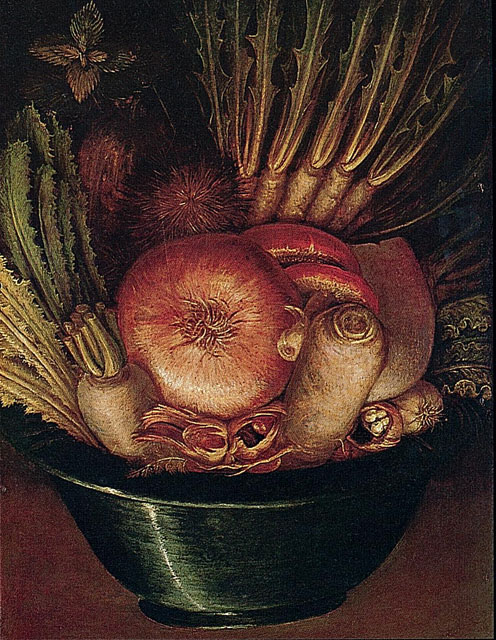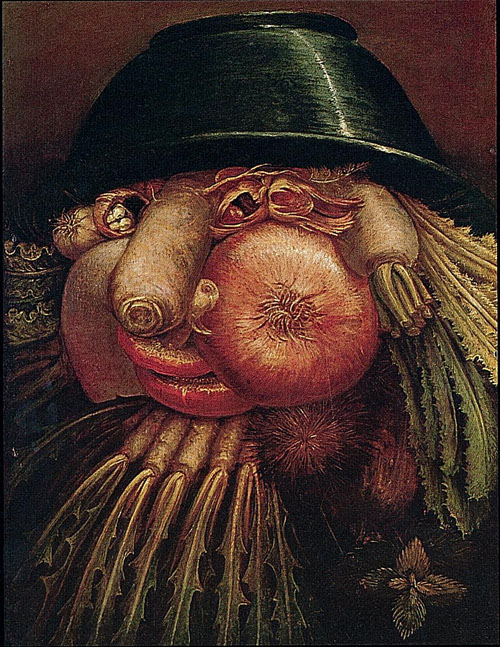Caratteri Somatici–Le Soluzioni Posted by Serena on Apr 18, 2012 in Culture, Italian Language
Well done everyone who had a go at my caratteri somatici quiz, either we’ve got some very clever readers, or I made the questions too easy. I suspect it’s the former!
O.K., here are the solutions, with a bit of interesting information about each one.
Il naso:
1. Ogni volta che dice una bugia, il suo naso si allunga. Come si chiama lo scrittore che l’ha creato?
Answer: Carlo Collodi, whose real name was Carlo Lorenzini (Firenze, 1826-1890). The nom de plume Collodi was taken from the little town of Collodi, between Lucca and Pistoia in Tuscany, where his mother was born, and where Carlo spent most of childhood. Carlo’s mother worked as a waitress for the Garzoni family who owned the beautiful Villa Garzoni in Collodi, and Carlo used to play and study there in the kitchen. If you happen to be in the area, the wonderful Italian gardens of Villa Garzoni are well worth a visit, as is il Parco di Pinocchio, a theme park dedicated to Collodi’s famous character.
2. Famosissimo scrittore e poeta fiorentino dal caratteristico naso aquilino, è considerato il padre della lingua italiana. Chi è?
Answer: Dante Alighieri, author of La Divina Commedia which he wrote in vulgare (literally: the folk’s language), as the Italian language was called at the time, in opposition to Latin, which was the language of the scholars.
3. Usa il suo naso per trovare dei gustosissimi e costosissimi tuberi, i tartufi. Che cos’è?
Answer: Il maiale (the pig) was the animal traditionally used here in Italy to search for truffles. However, the law doesn’t allow its use anymore and it has been substituted by il cane (the dog), whose olfatto (sense of smell) is not as developed as the pig’s, but has the advantage of being less environmentally destructive, and doesn’t eat the precious tubers!
La bocca:
1. È famosissima in tutto il mondo per il suo sorriso enigmatico. In italiano è comunemente chiamata ‘Gioconda’. Dove si trova?
Answer: Al Museo del Louvre a Parigi. Over the next few days we are going to write a series of articles about this famous painting. Look out for ‘Tales of la Gioconda’!
2. È stata la prima macchina in grado di individuare le bugie, fu costruita dai Romani ed ancora oggi funziona. Si trova a Roma vicino al Lungotevere. Come si chiama?
Answer: La Bocca della Verità. A Roman sculpture from the first century, probably originally a fountain representing either the river Tiber, or the sea god Ocean, or a faun. The tradition of its magic powers as a lie detector goes back to the Medieval Ages, and is still popular to this day. It makes a memorable appearance in the 1953 film Vacanze Romane (Roman Holiday) with Gregory Peck and Audrey Hepburn. P.S. I haven’t been to la Bocca della Verità with Geoff, so I haven’t had the opportunity to test it out … yet!
3. Si usa per impedire ai cani aggressivi di azzannare la gente. Che cos’è?
Answer: La museruola (the muzzle), which derives from the word muso (an elongated animal’s face), e.g. il muso del cane (the dog’s face), il muso del cavallo (the horse’s face).
Gli occhi:
1. Anche se sono stati ideati per proteggere gli occhi, gli italiani amano portarli sulla testa come un accessorio alla moda. Che cosa sono?
Answer: Gli occhiali da sole (sunglasses). Notice the use of the preposition da which describes the function, e.g. occhiali da vista (lit. glasses for the eyesight), macchina da scrivere (typewriter, lit. machine for writing).
2. È una dea romana soprannominata ‘la dea bendata’ perché porta una benda sugli occhi, cosicché i suoi doni sono distribuiti senza pregiudizio. Come si chiama?
Answer: Fortuna. Although Justice is also represented with a blindfold over her eyes, in Italian ‘la dea bendata’ (the blindfolded goddess) is the specific title given to Fortuna (Fortune), whose Greek equivalent was the goddess Tyche. Fortuna distributes gifts which she extract from a cornucopia embraced within her left arm.
3. Dicono che è cieco, ma non è vero; somiglia ad una biscia, ma non lo è; è di colore marrone dorato. Che creatura è?
Answer: Orbettino (Slow worm). The name orbettino comes, erroneously, from orbo (blind). Despite its appearance, it’s not a snake or a worm, but is a legless relative of the lucertola (lizard).
… e per finire … il viso:
Frutta, verdura, fiori per rappresentare un viso! Chi sarà mai questo artista così fantasioso?
Answer: Giuseppe Arcimboldo or Arcimboldi (Milano, 1526-1593).
A bowl of vegetables? Turn the painting upside down and you have … un viso!!

Build vocabulary, practice pronunciation, and more with Transparent Language Online. Available anytime, anywhere, on any device.






Leave a comment: